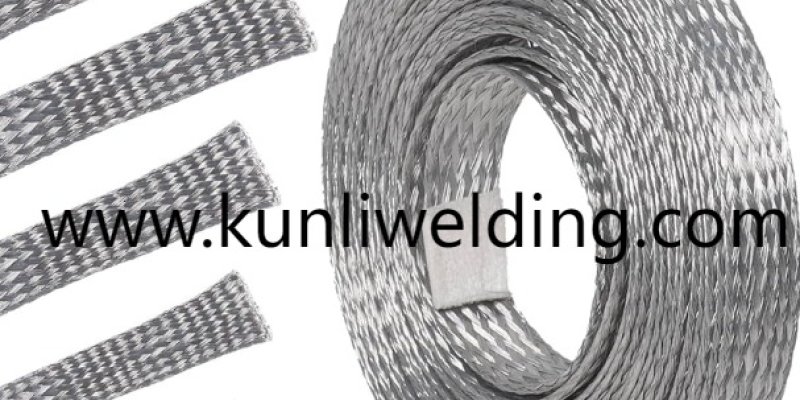

As industries push for lighter assemblies and cleaner transport options, Aluminum Alloy Welding Wire Suppliers are being asked to supply wires that combine weldability, corrosion resistance, and consistent feed behavior for modern production lines. Choosing the right alloy and handling regimen matters when design targets, supply shifts, and finishing expectations all come together on one assembly line.
Start with the application. Think about where the finished part will live and what will stress the joint. Parts that see salt air or regular exposure to wet environments need a filler that supports long service life and that reduces the need for repeated touch ups. For visible panels and consumer facing surfaces, a filler that yields a neat bead with minimal dressing can shorten the path to final treatment and improve perceived quality.
Process compatibility is the next practical filter. Some wires perform reliably across common welding methods and feed smoothly through automated equipment. That predictability lowers interruptions on continuous runs and eases the qualification of new batches. When teams test candidate wires in real shop conditions they assess feed behavior arc stability and how the bead shape interacts with planned surface finishing steps. Those trials show whether a chosen wire will reduce rework under daily production rhythms.
Handling and storage are often overlooked cost drivers. Spools that arrive clean and that feed without twists help operators maintain steady runs. Simple steps such as protected storage, controlled feeding paths, and labeled lot tracking make it easier to diagnose issues and to maintain consistent output across shifts. Suppliers that provide clear packaging choices and handling notes help shops reduce hidden waste and downtime during scale up.
Supplier support matters when design teams push unusual joint layouts or when a new product introduces thin sections. Vendors that offer representative samples, handling guidance and accessible technical contacts shorten the path from prototype welding to routine production. A cooperative supplier relationship lets fabrication engineers run focused trials, adjust parameters, and confirm finish outcomes without putting a line at risk.
Sustainability and repairability are rising priorities that influence selection. Choosing a filler that supports repair friendly joins and that integrates with recycling flows reduces lifecycle cost and limits unnecessary replacement. When procurement evaluates wire choices alongside repair practice it helps teams align material choice with overall maintenance plans and environmental targets, avoiding surprises later in service.
Practical validation beats theory. Run short representative welds under the same equipment, travel technique, and surface treatment that the final part will experience. Observe bead appearance, check for reduced finishing work, and note how repeatable the results are across operators. Those hands on checks reveal whether the selected wire delivers consistent outcomes under real production stress and helps quantify the effective cost per acceptable weld.
Making a choice is about matching project constraints to a supplier that can deliver consistent material, clear handling notes, and sample support. When teams combine careful trials with supplier assistance they reduce the chance of surprises and keep assembly lines moving while protecting finish and serviceability. To review product options, packaging choices, and handling guidance, visit the supplier pages at www.kunliwelding.com .